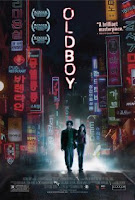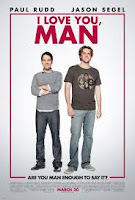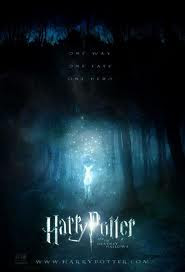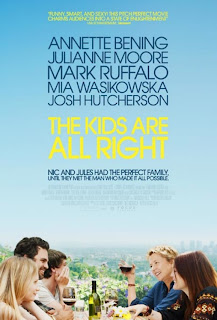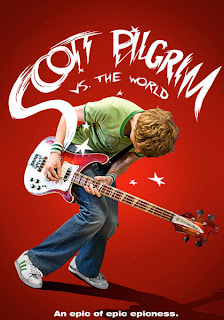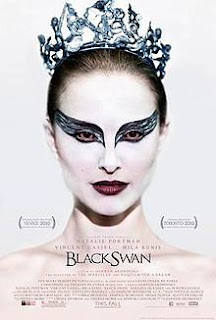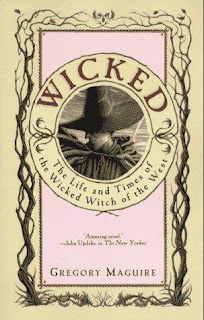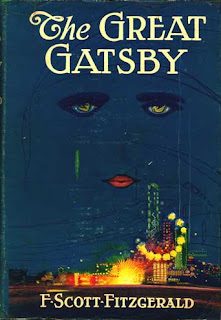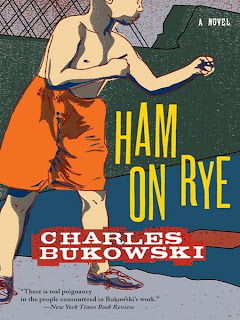by James Gilmore
The Fighter is not so much a
story about one boxer trying to make his way in the world as a story in which
every character is a scrappy fighter in their own respect, each trying to
achieve his or her dream in a gritty, realistic world bristling with
testosterone and raw emotion, unstained by the airbrushing of Hollywood gloss.
This modern day Cinderella story appears to be about boxing on the
surface, an inspiring underdog story about a man who literally never
quits. But in truth the film is much,
much more. The pseudo-documentary style
and directing create an unglamorous world which examines poverty, family,
loyalty, love and, of course, boxing, all with a humanistic eye. At the core of the film’s strength is its
impressively detailed peek into the complexities of family and family politics.
Acting performances in the film deliver an array of raw emotion in a
steady one-two of jabs and thrusts without the forceful injection of artificial
drama, while its bold, aggressive characters allow Amy Adams and Christian Bale
to thrive in their best acting roles to date—an impressive achievement
considering both actors’ extensive experience.
The Fighter, obviously more a
labor of love than a labor of money, proves itself to not only be one of the
best boxing films ever made, but one of the greatest family dramas of all time.
Rating: 5 / 5




